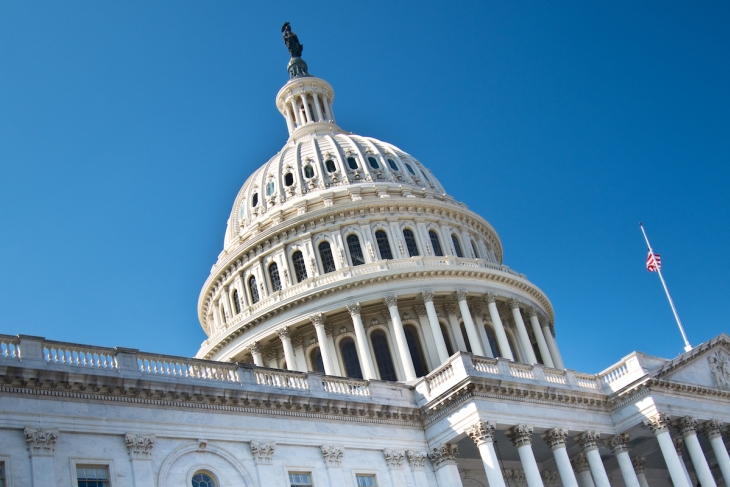House Republicans this week introduced a curriculum transparency bill aimed at ensuring parents know what their kids are learning in school, particularly when that includes “divisive concepts” like critical race theory, which has been banned from classrooms or restricted in at least eighteen US states. But even if enacted, the measure won’t have its intended effect. It could even make the problem worse.
The puckishly titled Curriculum Review of Teachings Transparency Act or “CRT Transparency Act” (get it?) would require that schools receiving federal funding post the curriculum in use in elementary and secondary schools on a publicly accessible school or district website. This is an unremarkable demand. As a rule, taxpayers deserve to know how their dollars are being spent, and schools are no exception.
“Parents have the right to know what their children are being taught in the classroom,” insists Congressman Scott Fitzgerald (R-WI) who introduced the bill. “It’s clear bureaucrats and teachers’ unions have no reservations about putting divisive material such as critical race theory in front of our children that seeks to put people in groups based on skin color or gender. The CRT Transparency Act will solve this problem by helping parents get a straight answer about what their children are hearing in school.”
It probably won’t. As a rule, you can learn more about a restaurant you’ve never patronized by reading its menu online than about what’s happening in your child’s classroom through the lens of her school’s “adopted” curriculum. The simple fact is most teachers don’t consistently use their district or school’s officially adopted curriculum when one even exists. Less than 30 percent of the teachers surveyed by the RAND Corporation’s American Educator Panel report using a single published curriculum as written. “The other 70 percent either mostly relied on instructional materials they created themselves, modified more than half of the curriculum materials they used, or cobbled together multiple curricula,” notes RAND’s Julia Kaufman.
Previous studies have shown that nearly every U.S. teacher draws upon “materials I developed and/or selected myself” in teaching English language arts. Only one in four secondary-school social-studies teachers cited resources “provided by my school or district” as comprising the majority of what they use in class on a given day. In one Connecticut school district, a recent external audit discovered that only 20 percent of high schools have a written curriculum at all. The figure for middle schools was even lower.
Moreover, all this curriculum creation and cobbling is not regarded as a flaw, but a feature of classroom practice. Teachers are trained to “differentiate instruction,” adapting or supplementing the textbooks and other materials to make lessons more engaging, accessible, or challenging based on the needs of individual students.
Teachers turning their classrooms into havens for social justice activism and using their professional discretion to indulge their political priors in front of captive audiences of children is not even the worst problem of public education’s impressionistic relationship with curriculum and classroom materials. Multiple studies have shown that when they deviate from adopted curriculum, the materials produced or chosen by teachers are consistently of low quality and rigor. David Steiner, who heads the Johns Hopkins Institute for Education Policy, states the matter succinctly: “We have built a system that not only fails to support the sustained use of demanding curriculum—but actively produces powerful disincentives to its use.”
Outsiders assume far more top-down control over classroom content than actually exists. If conservative lawmakers’ primary concern is classroom social justice activism and teachers promoting their politics, the “CRT Transparency Act” might even make worse the problem it seeks to fix, lulling watchdogs into a false sense of security, assuming that knowing the “curriculum” is a sufficient safeguard against controversial content in schools. It’s simply not so.
Editor’s note: This was first published by the American Enterprise Institute.




